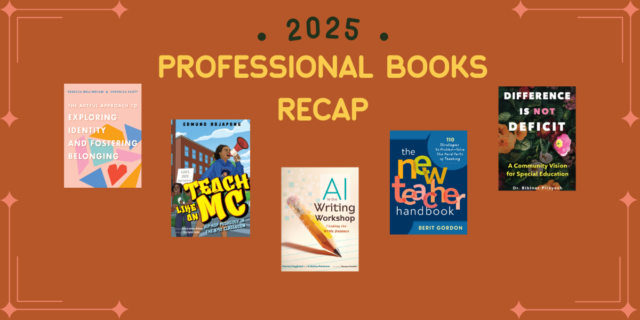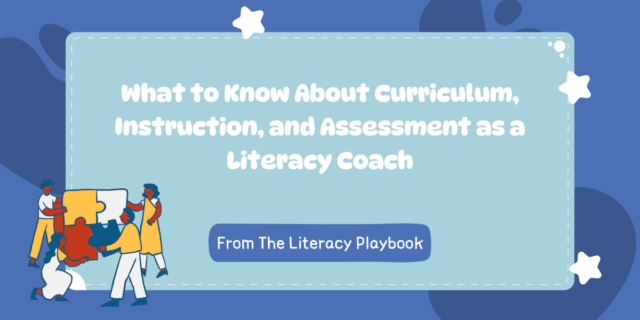
Establishing and maintaining effective routines in the PreK-6 classroom is crucial for creating a positive and productive learning community. As educators, we understand that routines provide structure, predictability, and a sense of security for young learners. However, disruptions can occur (such as a holiday break), causing a need for a reset or a refresh. Let’s explore seven practical strategies to reestablish effective routines in the PreK-6 classroom that can be revisited when needed throughout the school year.
7 Strategies to Re-establish Effective PreK-6 Classroom Routines
1. Determine Which Routines Need Revisiting
Ask yourself if there are certain routines that need more of a refresh than others. Do students line up well, but are suddenly struggling to put their independent reading books away in their organized bins? Analyze the behaviors in your classroom to determine which routines need revisiting.
2. Communicate Clear Expectations to Students
Revisit and communicate clear expectations to your students. Explain the importance of routines and how they contribute to a positive learning environment. Ensure that students understand the specific behaviors and actions expected of them.
3. Create Visual Aids During Whole-Group Learning
During a whole-group lesson, create new (or revisit formerly created) visual aids that demonstrate the routine, step-by-step. Call on students to help you fill out the poster to create a shared learning experience and contribute to community building.
Visual aids can be powerful tools for young learners, especially when created together as a class. These visual cues help students understand the sequence of activities and provide a tangible reference point for them to follow.
4. Stay Consistent with Routines
Consistency is key when reestablishing routines. Implement consistent procedures for common activities like entering the classroom, selecting an independent reading book, transitioning between subjects, or lining up. Consistency fosters a sense of security and helps students feel more confident in their daily routines.
5. Incorporate Positive Reinforcement
Celebrate small successes by incorporating positive reinforcement. Use praise, stickers, or a simple acknowledgment system to recognize students who consistently adhere to the established routines. Positive reinforcement encourages students to adopt desired behaviors.
6. Foster Student Involvement
Empower students by involving them in the process of reestablishing routines. Discuss the importance of routines with your class and encourage them to suggest ways to improve the learning environment. When students feel invested, they are more likely to actively participate in maintaining routines.
7. Collaborate with Colleagues
Share experiences and collaborate with fellow educators. Discussing challenges and successes with colleagues can provide valuable insights and fresh perspectives. Collaborative problem-solving can lead to innovative solutions that positively impact not just your classroom community, but the school (or even district) community overall.
***
Check out The Reading Minilessons Book and The Writing Minilessons Book for quick classroom management lessons and more!
Reestablishing effective routines in the PreK-6 classroom requires thoughtful reflection, clear communication, and a commitment to consistency. By fostering a positive and predictable learning environment, educators can create a foundation for student success. Embracing these strategies will not only benefit the classroom atmosphere but also contribute to the overall growth and development of young learners.


